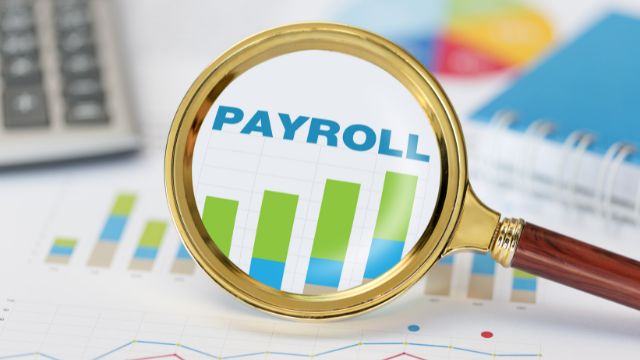Managing Payroll for Small Businesses
Managing payroll for small businesses can be daunting, especially for those new to the business world. But it is a crucial aspect of any business as it involves paying employees accurately and on time and also saving your business from incurring state penalties.
To make everything run smoothly in the organisation, you must maintain a proper payroll management system. Also, good e-billing software will help you manage all invoices, simplify the billing process, and manage legal expenses. So, this article will answer your doubts regarding managing your company’s payroll smoothly.
What is Payroll Management?
Payroll management involves handling and administering employee salaries, wages, bonuses, deductions, and other related expenses. It ensures that all employees are paid accurately and on time while complying with applicable labour laws, but can be a complex task requiring careful attention to detail and understanding various financial regulations.

How to Manage Payroll for Small Businesses?
Payroll managers must ensure compliance with relevant state and federal tax laws by filing accurate reports and withholding taxes appropriately. This makes payroll management a hassle. But there are several ways to manage payroll for small businesses, including:
1. Manual Payroll Management
Managing payroll for small businesses with fewer than ten employees is not a big issue and can be done manually. All the taxes and pay stubs can be calculated manually with the necessary withholdings and deductions. However, keep a few things in mind when managing salary manually.
Use a salary calculator as a helping assistant if you keep wondering how to calculate your salary per month. These calculators are easy to use and minimise any chances of errors when deciding what salary ranges are good and understanding the estimated net pay and other essential components of the salary.
2. Professional Accountants
You can hire an accountant or explore outsourcing your payroll if you don’t want to go through the manual hassle. The cost to outsource payroll varies depending on factors such as the size of your business, the complexity of your payroll needs, and the service provider you choose. However, you need to understand that with a professional accountant, you only transfer the task of managing payrolls and not eliminate human errors. Even if the professional is skilled, mistakes can be made. An excellent alternative to this is a salary management system.
3. Payroll Management System
With payroll management software, you can handle everything related to managing your employees’ salaries. It is a tool designed to manage and automate paying employees, handling all aspects of salary management, including calculating salaries, withholding taxes and other deductions, generating paycheques or direct deposits, and maintaining accurate records.
What are the Steps of a Salary Management System for Small Businesses?
You must set a proper software for a neat payroll management system for smooth functioning. Here are the steps to get you started:
1. Get Employer Identification Number (EIN)
An EIN identifies your small business for tax objectives. This means that with an EIN, you can file payroll taxes, apply for necessary business licenses, and even open a separate bank account for your business.
2. Decide a Pay Schedule and Salary Status
The next step is to identify the two most important aspects of the salary management system – salary status, pay schedule and salary increment.
- Pay schedule: This process determines when and how often your employees will get paid; the most common being monthly. Ensure you keep the payment schedule on time and stay consistent with it.
- Salary status: This step determines how the salary or wages will be computed. It can include an hourly basis (for part-time employees) or a salary basis.
3. Outline the Payroll Processes and Policies
Once you have set up your payroll system, it’s important to establish a set standard process and policy for your payrolls before you begin rolling them out. This ensures that everyone, from employees to human resources, is on the same page about the salary system in the company.
4. Add Tax and Benefits Payments
Using a salary management system comes with tons of benefits, including calculating any payroll taxes paid to the government on behalf of the organisation. Further, with the help of payroll management services, you can even manage other benefits like retirement plans or health insurance by making payments to these services on the company’s behalf. And if you run the in-house way of managing payroll, you must make benefit payments on your employee’s behalf.
5. Maintain Payroll and Employee Records
Lastly, store all the employee and payroll records in your system to abide by the law in case the Government needs access to these details. Maintaining records of active employees is absolutely necessary, and some rules contain laws for records after an employee’s termination.
Bottom Line
Managing payroll for small businesses can be a hassle. But we hope this article helped you understand the entire process and made tackling it easier. Remember to research the laws of central and state governments to ensure you are on the right and lawful path to running a successful business.
Author Bio:
Priyanka Rao is a content strategist for Jupiter.Money, and specializes in writing on finance, banking, budgeting, salary & wages, and other financial matters. She is passionate about creating engaging content that resonates with audiences across various digital platforms. In her free time, Priyanka enjoys travelling and reading, which allows her to gain new perspectives and inspiration for her work. With a keen eye for detail and a creative mindset, Priyanka is committed to creating content that connects well with her readers, enhancing their digital experiences.



